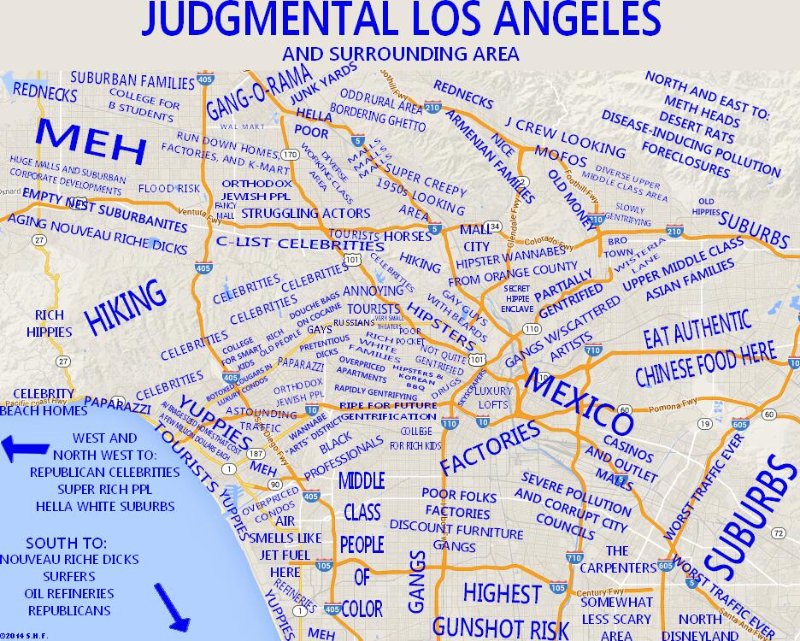One symptom of culture is language. Language may be part of the culture, might be an instrument of communication in that language, and many cultures have a special language associated with them. As early forms of globalization took on, and in some cases, in the forms of invasions and colonizations, certain languages surpassed culture and country divides and now encompass many cultures. The language that quickly comes to mind is English of course, but other examples include Spanish, Portuguese, French, and Russian, to name a few. When this happens, as it so often does, the colonizers language becomes the necessary form of communication for any one in the society who wants to advance socially and to participate in the social sphere. This naturally puts the local population at a disadvantage, because most people speak much easier from their first language (also known as their “heart language”), than from their subsequent languages.
Which language you choose to use and the way you use it denotes status, dictates hierarchy, reveals your origin, level of education, and so on. While it’s true that this is most easily seen when talking about cultures where multiple languages exist, I want to bring attention to those places where everyone is seemingly talking in the same language, but are truly using it in different ways. This is visible in the lexicon they use, the connotation associated with words used and the history behind them. Such was the case when we were in LA – even though the cultures we visited were within our own language, English, the journey was certainly an immersive experience. Since we were conducting group field research, we were paying attention to what our interviewers were saying, but also how they were saying, and the non verbal communication that went with it. Many of the people we woe with have a lot of pride in the way they speak, as it is a mark of where they come from, and part of their identity. I was faced with understanding that even though I speak English, I do not speak their language, which is to say that even though I understood the words, I was often blind to the connotation and hidden meanings of those words. And that is just in reference to English.
According to According to Professor Vyacheslav Ivanov of UCLA, there are at least 224 identified languages in Los Angeles County. Less than 45% of the people that live there speak English alone, and nearly 40% speak Spanish or Spanish Creole. More startlingly, a estimated 35% of the over 10 million people living in Los Angeles were born outside of the US. With each new language comes the culture and customs associated with it, which helps frame the way each person views and understand the world around them.
This of course includes nicknames for the areas of the city, as you can see in this map, which is greater by S.H.F.:
*While on the subject of language spoken, check out this interactive map that shows language density of fifteen different languages across the US: http://www.census.gov/hhes/socdemo/language/data/language_map.html?eml=gdhttp://


